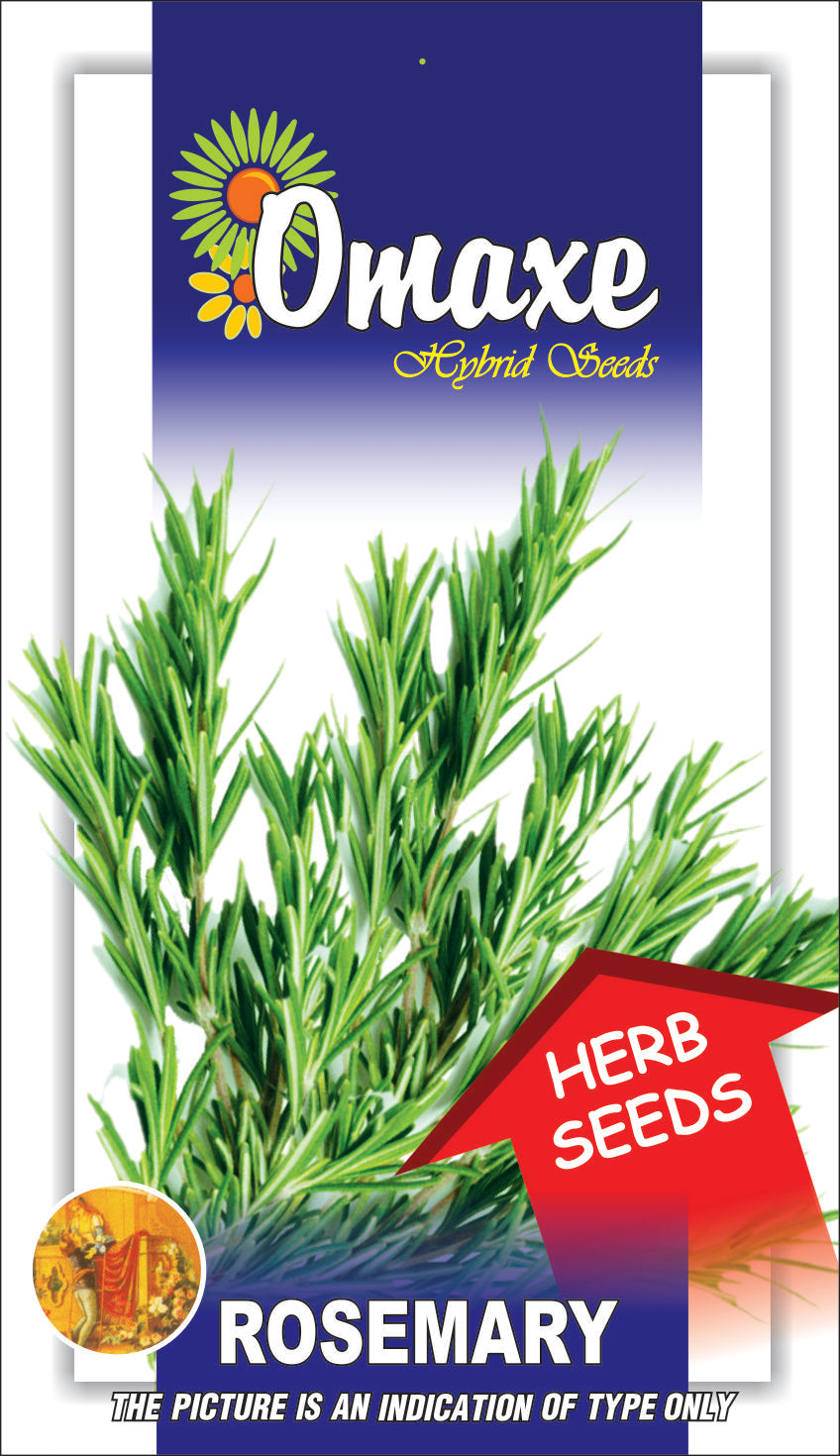Bombay Seeds Rosemary Seeds
Grow Fresh, Aromatic Rosemary for Culinary, Medicinal, and Aromatherapy Uses
Bring the invigorating aroma of Rosemary into your garden with Bombay Seeds Rosemary Seeds. Known for its pine-like fragrance and earthy flavor, rosemary is an essential herb in Mediterranean cooking. It enhances a variety of dishes, from roasted meats to soups and stews. Beyond its culinary uses, rosemary is widely valued for its medicinal properties, supporting memory, digestion, and overall wellness.
Benefits of Rosemary
- Culinary Uses: Rosemary is perfect for adding flavor to roasted meats, poultry, vegetables, pasta dishes, and sauces. It pairs especially well with lamb, chicken, and potatoes.
- Memory and Focus: Rosemary is traditionally believed to enhance memory and concentration, with studies supporting its cognitive benefits.
- Digestive Health: Rosemary aids digestion and is commonly used to relieve bloating, indigestion, and upset stomachs.
- Rich in Nutrients: Rosemary is high in antioxidants, vitamin A, and vitamin C, supporting overall health.
- Aromatherapy: Rosemary is widely used in essential oils for its stimulating properties, promoting mental clarity and reducing stress.
Specifications of Rosemary Seeds
- Common Names: Rosemary, Rosmarinus officinalis.
- Sunlight: Requires full sun for best growth and flavor development.
- Soil: Prefers well-drained, sandy, or loamy soil with a pH of 6.0 to 7.5.
- Watering: Needs moderate watering, but the soil should be allowed to dry out between waterings to avoid root rot.
- Temperature: Grows best in temperatures between 15°C and 25°C.
- Germination Time: 10–14 days.
- Height: Typically grows to 18–24 inches tall.
Precautions for Growing Rosemary
- Watering: Rosemary prefers dry conditions once established. Overwatering can lead to root rot, so ensure the soil drains well.
- Soil Health: Rosemary does best in slightly acidic to neutral soil with good drainage.
- Pests: Rosemary is pest-resistant, but aphids or whiteflies can sometimes appear. Use organic insecticides if necessary.
- Pruning: Prune regularly to maintain shape and encourage bushier growth. Trim off flower spikes to prevent the plant from becoming leggy.
Rosemary Names in Different Languages:
- Hindi: रोजमैरी का बीज (Rosemary ka Beej)
- Marathi: रोजमेरी बीज (Rosemary Beej)
- Tamil: ரோஸ்மேரி விதைகள் (Rosemary Vithaigal)
- Telugu: రోస్మేరి విత్తనాలు (Rosemary Vithanalu)
- Kannada: ರೋಸ್ಮೇರಿ ಬೀಜ (Rosemary Bija)
- Malayalam: റോസ്മേരി വിത്തുകൾ (Rosemary Vithukal)









